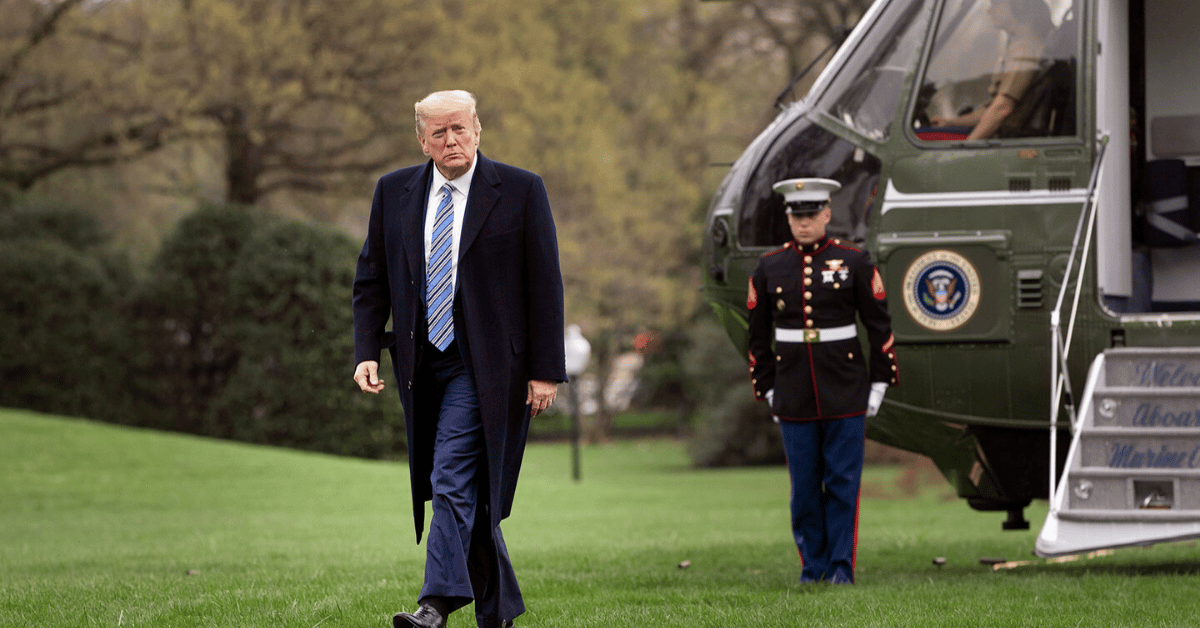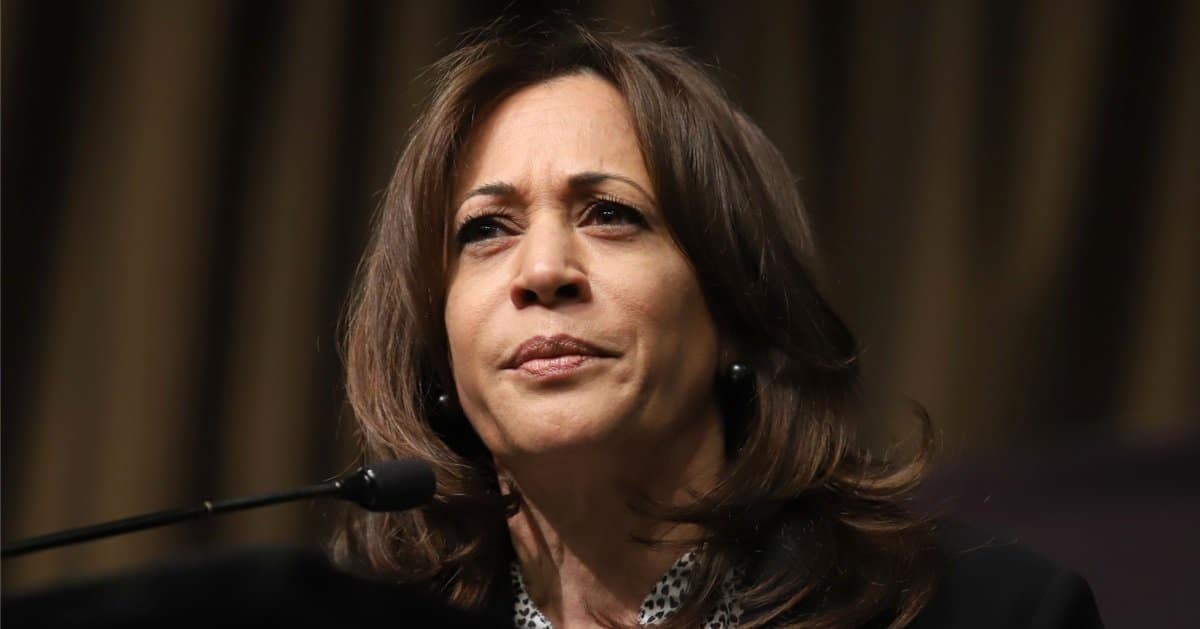

A rare moment of calm has descended on the Middle East as a ceasefire between Israel and Hamas officially kicked in.
Fox News reported that after more than two years of relentless conflict, this agreement, which started on October 10, 2025, at noon local time, marks a potential turning point with Israeli troop withdrawals and a tight deadline for Hamas to release hostages.
The groundwork for this deal was laid overnight on Friday, when the Israeli government gave its approval and signed on the dotted line.
That signature triggered a 24-hour countdown for the Israel Defense Forces (IDF) to reposition to predetermined lines. It’s a logistical chess game, and Israel is playing its pieces with precision.
The IDF didn’t waste a second, confirming on October 10, 2025, that the ceasefire was active and their forces were aligned along updated deployment lines. U.S. Central Command (CENTCOM) backed this up, noting that Israel had completed the first phase of its pullback. That’s efficiency you don’t often see in a war zone.
Yet, let’s not pop the champagne just yet—Israel will still hold 53% of Gaza’s territory until the next stage of this agreement unfolds. This isn’t a full retreat; it’s a calculated pause. And in a region where trust is thinner than a politician’s promise, that’s a big asterisk.
Meanwhile, Hamas has a 72-hour window, starting Friday, to release all hostages, including the remains of U.S. citizens Omer Neutra and Itay Chen. This is the moment families have prayed for, though dealing with Hamas on deadlines feels like betting on a broken clock.
President Donald Trump, ever the dealmaker, spoke with hostage families on October 8, 2025, right after the initial phase of the deal was announced. During a Cabinet meeting on October 9, 2025, he boldly predicted, “We secured the release of all of the remaining hostages, and they should be released on Monday or Tuesday.” (Donald Trump) Well, Mr. President, let’s hope Hamas got the memo, because skepticism is a survival skill here.
Trump also declared that day should “be a day of joy.” (Donald Trump) It’s a noble sentiment, but joy in this conflict is like finding water in the desert—possible, but don’t count on it until you see it.
Not content to stay on the sidelines, Trump announced he’ll travel to the Middle East for the official signing of this agreement. That’s a power move, showing America’s stake in this fragile peace. But let’s pray it’s not just a photo op while the region teeters.
On the ground, IDF spokesperson Col. Avichay Adraee issued stern warnings in Arabic on October 10, 2025, about dangerous zones in Gaza like Beit Hanoun, Rafah Crossing, and the Philadelphi Corridor. Civilians were told to steer clear of security zones and areas with troop concentrations. It’s a grim reminder that “ceasefire” doesn’t mean “safe.”
Palestinians displaced to southern Gaza during the war started trickling back to Gaza City on October 10, 2025, hoping to reclaim some semblance of normalcy. But with IDF troops still dug in across much of the territory, this homecoming is more bittersweet than triumphant.
The U.S., for its part, won’t send boots to Gaza but is deploying 200 CENTCOM troops to Israel to oversee the ceasefire, handling security, logistics, and humanitarian aid flow. It’s a smart play—support without entanglement. We’ve learned the hard way that Middle East quagmires don’t need more American footprints.
Let’s be clear: this ceasefire isn’t a woke-driven kumbaya moment; it’s a hard-nosed deal born from exhaustion and necessity on both sides.
The progressive agenda might paint this as some grand moral victory, but it’s really just pragmatism—Israel secures its borders, Hamas gets breathing room, and hostages might finally come home.
Still, the devil’s in the details, and with Hamas’s track record, that 72-hour hostage release window feels like a coin toss. Add in the IDF’s lingering presence in over half of Gaza, and you’ve got a recipe for tension, not trust. This isn’t peace; it’s a timeout.
So, as Trump jets off for the signing and Palestinians inch back to shattered homes, the world watches with bated breath. This ceasefire, forged in the fires of a two-year war, is a flicker of hope—but in the Middle East, flickers get snuffed out fast. Let’s pray this one holds, for the sake of every family caught in the crossfire.



